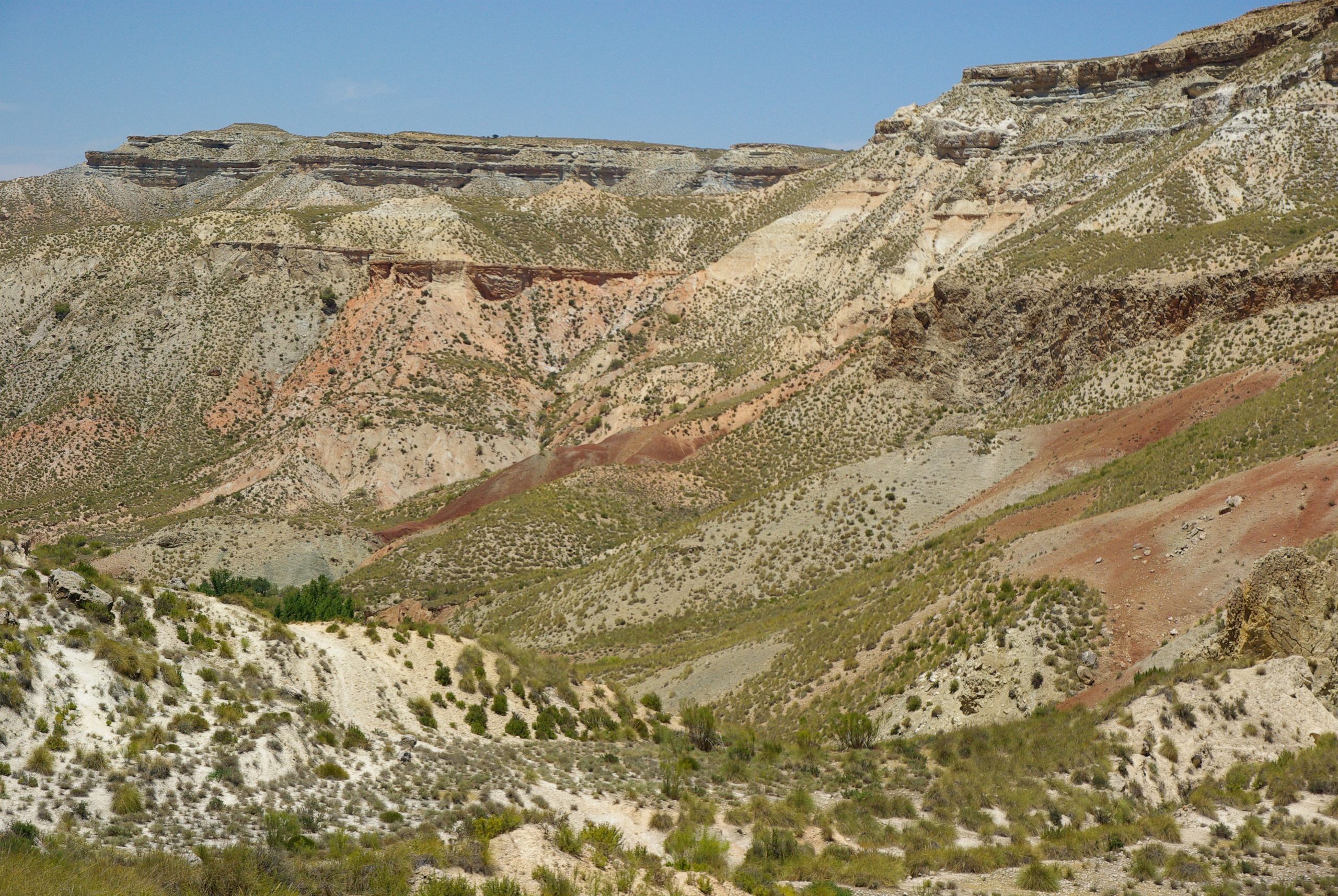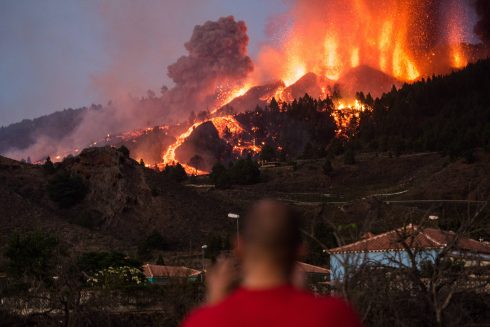SPAIN’S reservoir levels are continuing to rise after recent rainfall with reserves the best in nearly four years.
Though there was only a gain of 17 cubic hectometres in the last week, the national water reserve is at 66.6% of its capacity, but still the highest since May 26, 2020.
The Ministry of Ecological Transition said on Tuesday that the current store of 37,342 cubic hectometres is 19 cubic hectometres less than four years ago.
READ MORE:
- Drought latest in Spain: Wine giant Freixenet to furlough 615 workers due to lack of water in Catalunya
- Barcelona to install a floating desalination plant off its port to help fight drought
- Marbella reveals when it will decide on the filling up of private swimming pools – as drought conditions remain ‘grave’

As a national average, reservoirs are almost 17% higher than on the same date a year ago (with 9,268 hm3 more water) and 2% above the average of the last ten years (with 1,094 hm3 more water).
On the Atlantic side of the country, reserves are at 68.7%- up 0.1% on last week, while on the Mediterranean side, the reserve is at 60%, the same as last Tuesday.
Improvements have been noted in the Catalan inland basins in one of the worst affected areas of Spain, with 126 hm3 capacity(18.2%), 0.2% more than a week ago.
“It’s been five months since we had these figures, which are still very low,” said the Catalan Water Agency (ACA).
The entire metropolitan area of Barcelona, including the Catalan capital, and the city of Girona, which depend on the basin are still in phase one of the drought emergency, which limits general consumption to a maximum of 200 litres per inhabitant per day.
“That does not mean that each person can consume 200 litres a day at home,” warns the ACA, which recommends a maximum of 90 litres per person for domestic use.
The reservoirs of the Guadalquivir Basin- the largest in Andalucia- have also gained a little more water.
Last week they were at 46.8% and this Tuesday they are at 47.1%- a slight increase thanks to recent rain and the melting of the Sierra Nevada, part of whose snow reserve goes to the basin that covers 49 reservoirs in twelve provinces and four regions.
A major turnround is the Sierra Boyera reservoir, in the north of Cordoba province which has gone from being empty to 77% of its capacity over a year.
Andalucia president, Juanma Moreno, announced on Monday that after a year of getting drinking water from tankers, the 80,000 residents of Los Pedroches and Alto Guadiato, in the north of Cordoba will be able to enjoy tap water again.
The situation in the Guadalquivir will allow increased water for agricultural irrigation, with plans to triple allowances compared to what was a poor 2023.
The Guadalquivir Hydrographic Confederation (CHG) warned however that ‘we are still in drought’ and that ‘normality is not going to be reached’.
At the moment, the reservoirs of the Guadalquivir basin are at 47.1%, with 3,789.3 hm3 of the 8,034 hm3 of total capacity.
That’s better compared to other areas of southern and eastern Spain such as the Segura basin(24.3%) and Andalucian Mediterranean (31.1%), which has risen by 0.5% in the last week.








